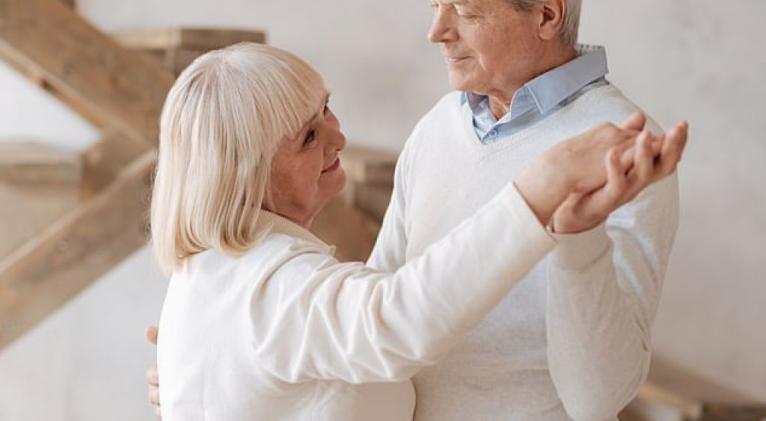Dancing may help older women maintain the ability to perform daily tasks
especiales

A new study published in the Scandinavian Journal of Medicine and Science in Sports examined the potential effects of 16 different exercise types for reducing disability for activities of daily living (ADL) in older women.
The prospective study enrolled 1,003 community-dwelling older Japanese women without ADL disability at the start. In the baseline survey, all participants were asked whether or not they participated in any of 16 exercise types through a face-to-face interview. ADL disability during eight years of follow-up was defined as dependence in at least one ADL task (walking, eating, bathing, dressing, or toileting).
ADL disability was noted in 130 participants (13 percent) during follow-up. After adjusting for confounders, participation in dancing, compared with non-participation, was associated with a 73 percent significantly lower likelihood for developing ADL disability. There were no significant associations between other exercise types and ADL disability.
"Although it is unclear why dancing alone reduced the risk of ADL disability, dancing requires not only balance, strength, and endurance ability, but also cognitive ability: adaptability and concentration to move according to the music and partner, artistry for graceful and fluid motion, and memory for choreography," said lead author Dr. Yosuke Osuka, of the Tokyo Metropolitan Institute of Gerontology." We think that these various elements may contribute to the superiority of dancing in maintaining a higher ADL capacity."
Story Source:
Materials provided by Wiley. Note: Content may be edited for style and length.













Add new comment